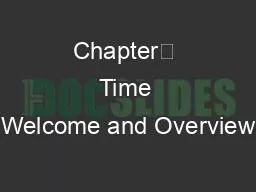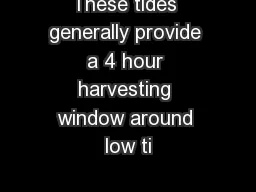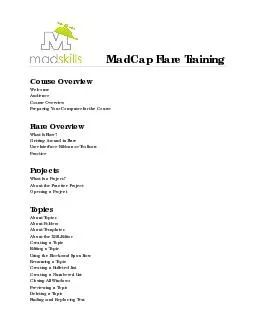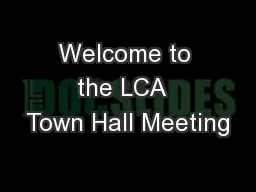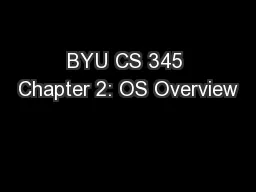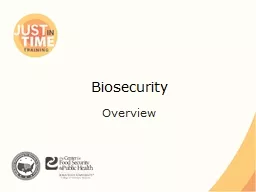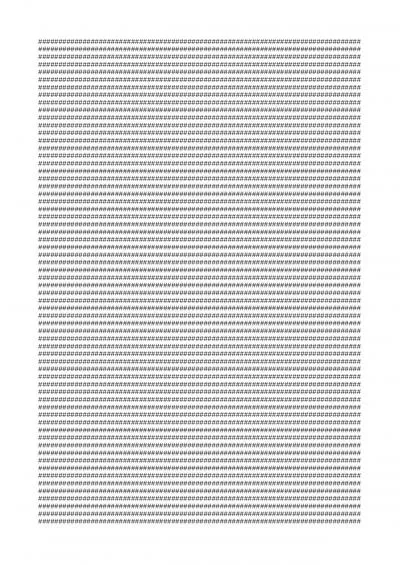PPT-Chapter Time Welcome and Overview
Author : accouther | Published Date : 2020-10-22
5 minutes Food Safety Is Important 15 minutes Good Personal Hygiene 25 minutes Receiving and Storing Food Safely 20 minutes Break 5 minutes Evaluating Repacking
Presentation Embed Code
Download Presentation
Download Presentation The PPT/PDF document "Chapter Time Welcome and Overview" is the property of its rightful owner. Permission is granted to download and print the materials on this website for personal, non-commercial use only, and to display it on your personal computer provided you do not modify the materials and that you retain all copyright notices contained in the materials. By downloading content from our website, you accept the terms of this agreement.
Chapter Time Welcome and Overview: Transcript
Download Rules Of Document
"Chapter Time Welcome and Overview"The content belongs to its owner. You may download and print it for personal use, without modification, and keep all copyright notices. By downloading, you agree to these terms.
Related Documents

